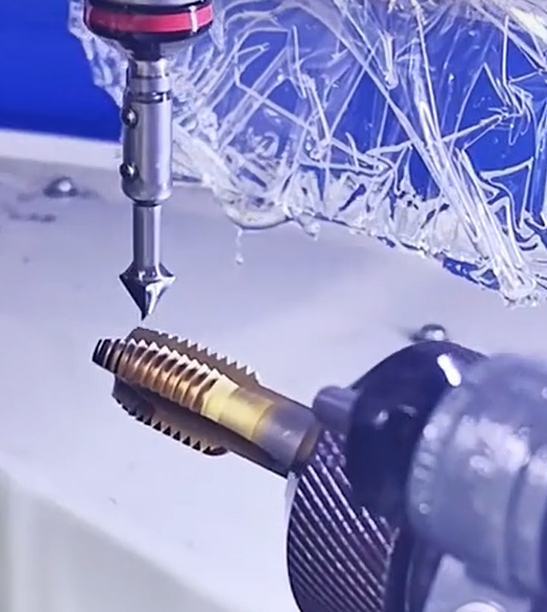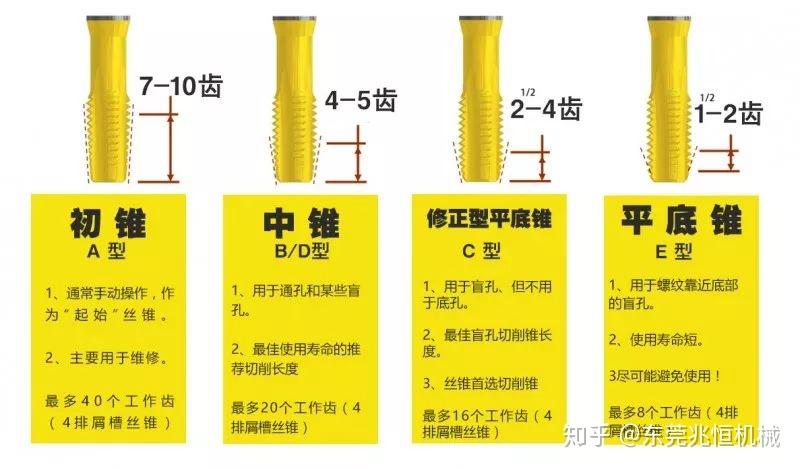The general steps for tap grinding are as follows
Release time:
2024-09-24
The general steps for tap grinding are as follows: 1. Inspection and evaluation: Check the wear and damage of the tap to determine if it is suitable for grinding. Taps that are severely damaged or excessively worn may need to be scrapped. 2. Cleaning: Remove oil stains, chips, and other impurities from the surface of the tap for subsequent grinding operations. 3. Clamping: Fix the tap on the grinder or specialized grinding equipment to ensure it is firm and not loose. 4. Grinding the front and back corners: According to the geometric shape of the tap, grind its front and back corners to restore the sharpness of its cutting edge. 5. Trimming the spiral groove: If the spiral groove of the tap is also worn, it can be trimmed to ensure smooth chip removal. 6. Inspection and testing: After grinding, inspect the tap to ensure that all its parameters meet the requirements. The grinding effect can be verified through trial cutting or measurement.
The general steps for tap grinding are as follows:
1. Inspection and evaluation: Check the wear and damage of the tap to determine if it is suitable for grinding. Taps that are severely damaged or excessively worn may need to be scrapped.
2. Cleaning: Remove oil stains, chips, and other impurities from the surface of the tap for subsequent grinding operations.
3. Clamping: Fix the tap on the grinder or specialized grinding equipment to ensure it is firm and not loose.
4. Grinding the front and back corners: According to the geometric shape of the tap, grind its front and back corners to restore the sharpness of its cutting edge.
5. Trimming the spiral groove: If the spiral groove of the tap is also worn, it can be trimmed to ensure smooth chip removal.
6. Inspection and testing: After grinding, inspect the tap to ensure that all its parameters meet the requirements. The grinding effect can be verified through trial cutting or measurement.

During the grinding process, the following points should be noted:
Accuracy control: Ensure that the size and shape accuracy of the tap after grinding meet the machining requirements, avoiding excessive or insufficient grinding.
Cooling lubrication: During the grinding process, use appropriate cooling lubricant to reduce cutting heat and improve grinding quality.
Grinding tool selection: Choose the appropriate grinding tool and process parameters based on the tap material and wear condition.
In general, tap grinding refers to the reprocessing of used taps to restore their original cutting performance and accuracy. Tap is a tool used for cutting internal threads. After prolonged use, the cutting edge will become dull, leading to a decrease in machining quality and efficiency. Tap grinding is a highly technical task that requires experienced operators and high-precision equipment support. By reasonable grinding, the service life of the tap can be greatly extended and production costs can be reduced.
Related News
New Da'an

Follow us
Nanjing Arrow-Stone Industry Co. ,Ltd
Telephone: 86 025 84958290
Address: No. 105, Building 8, District 8, Lingxin Market, Jiangning District, Nanjing


